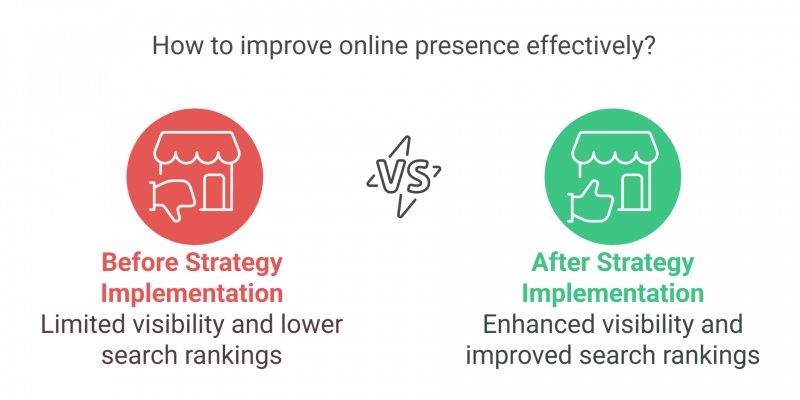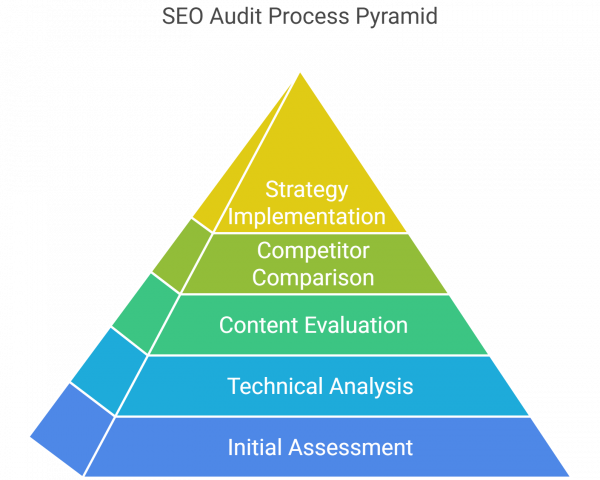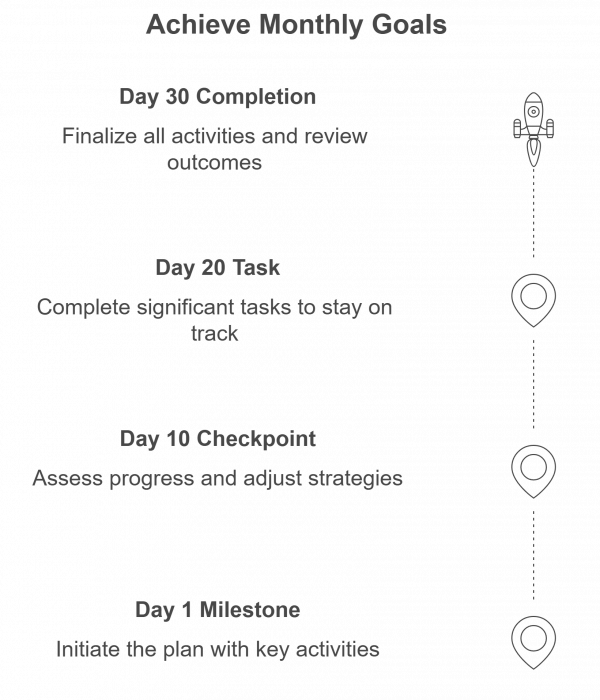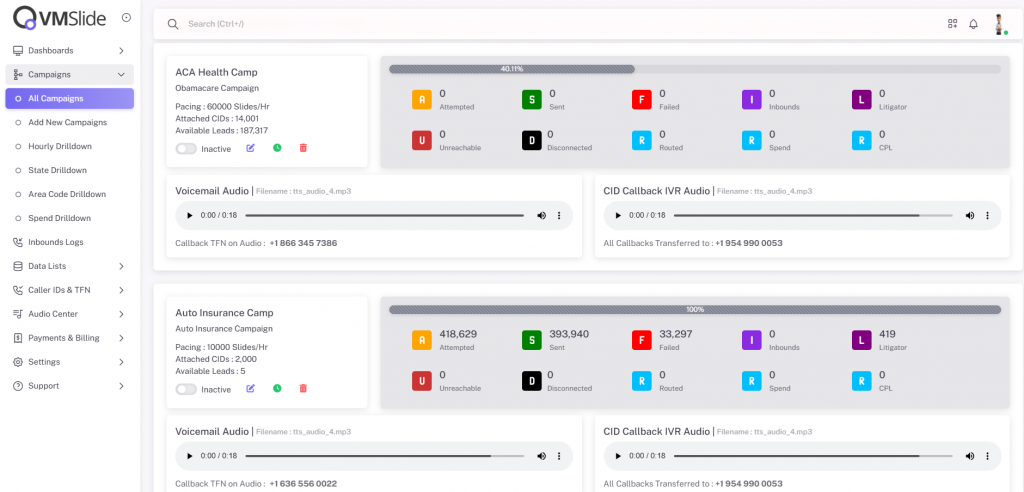Ever wondered why some local businesses show up instantly on Google while others remain hidden in the depths of page 10? At Prishal Technolabs, we’ve spent years helping Indian small businesses crack this puzzle. Here’s the truth: it’s not magic, it’s SEO. But here’s the catch – SEO for small businesses in India isn’t quite the same game that big corporations play.

Why Your Small Business Needs SEO in 2025
Picture this: Rahul runs a small handicraft store in Jaipur. Last year, his business was struggling to get noticed online. Today? His website appears on the first page when someone searches for “traditional Rajasthani handicrafts.” The difference? A smart, locally-focused SEO strategy.

The Building Blocks of Small Business SEO
1. Local SEO: Your Neighborhood Gold Mine
Think about it – when was the last time you searched for “restaurants near me” or “best tailor in [your city]”? That’s exactly what your potential customers are doing. Here’s how to capture this traffic:
- Optimize Your Google Business Profile (GBP): Ensure every section is complete, and add high-quality photos.
- Consistency Across Platforms: Your business name, address, and phone number (NAP) should be identical on all platforms.
- Encourage Reviews: Respond to reviews promptly, even negative ones.
- Location-Specific Content: Write blog posts, FAQs, or guides that cater to local audiences.
2. Technical SEO: Building a Strong Foundation
Imagine building a sandcastle without a solid base – it collapses. Similarly, your website needs a strong technical foundation to succeed. Here’s what matters:
- Mobile Optimization: With 76% of Indian internet users browsing on phones, a mobile-friendly website is non-negotiable.
- Fast Loading Speeds: Pages should load in under 3 seconds to reduce bounce rates.
- Secure HTTPS Connection: Security builds trust and improves rankings.
- Clear Site Structure: Use proper internal linking and an intuitive navigation menu.
3. Content That Connects
The best SEO content isn’t written for search engines – it’s written for people. At Prishal Technolabs, we’ve seen Indian audiences respond well to content that is:
- Localized: Use multiple languages if serving diverse regions.
- Practical: Address local pain points with actionable solutions.
- Culturally Relevant: Incorporate examples and references relatable to Indian audiences.
- Concise Yet Informative: Provide value without overwhelming readers.
FAQs: Your Burning Questions Answered
After working with numerous clients, we recommend these tools for their efficiency and affordability:
- Google Search Console: Essential for tracking performance (free).
- Ahrefs or SEMrush: Great for keyword research and competitor analysis (paid).
- Google Analytics 4: Tracks visitor behavior and traffic sources (free).
- Screaming Frog: Identifies technical issues (free version works for most small businesses).
Think of an SEO audit as your website’s health checkup. Here’s a simple 4-step process:
- Check Technical Health: Assess loading speed, mobile-friendliness, and site security.
- Analyze Content: Review quality, relevance, and keyword usage.
- Examine Backlinks: Identify spammy links and focus on acquiring high-quality ones.
Review Local SEO Elements: Ensure accurate NAP details and optimized Google Business Profile.

Content is the heartbeat of SEO. Start with these basics:
- Weekly Blog Posts: Answer common customer questions.
- Location-Specific Pages: Target specific areas you serve.
- Case Studies: Highlight customer success stories.
- How-To Guides: Provide actionable advice related to your niche.
In our experience, these are the top technical challenges:
- Slow Loading Speeds: Often caused by unoptimized images.
- Poor Mobile Optimization: Websites that don’t adapt to smaller screens lose users.
- Duplicate Content: Search engines penalize redundancy.
- Broken Links: Frustrate users and hurt SEO.
- Missing Meta Descriptions: Decrease click-through rates.
Many Indian business owners ask this. Here’s a simple breakdown:
| Aspect | B2B | B2C |
|---|---|---|
| Keywords | Industry-specific, technical | Consumer-focused, simple |
| Content | Longer, detailed | Shorter, digestible |
| Cycle | Longer decision-making time | Quicker buying decisions |
| Audience | Business decision-makers | End consumers |
Your Action Plan: Next Steps
You’ve got the knowledge – now what? Here’s a 30-day plan to kick-start your SEO journey:
Week 1:
- Audit your website using tools like Google Search Console and Screaming Frog.
Week 2:
- Fix technical issues, such as loading speed and mobile responsiveness.
Week 3:
- Optimize your Google Business Profile by updating details, adding photos, and posting updates.
Week 4:
- Create a content calendar to guide future blogs, FAQs, and social media posts.

Conclusion
SEO isn’t just for big corporations with massive budgets. With the right strategy and consistent effort, your small business can achieve impressive visibility and attract local customers searching for services you provide.
At Prishal Technolabs, we believe SEO is a marathon, not a sprint – but every marathon begins with a single step. Start today, and the results will speak for themselves.
Have questions about implementing these strategies for your business? Drop a comment below or reach out to us for personalized guidance tailored to your small business needs.





